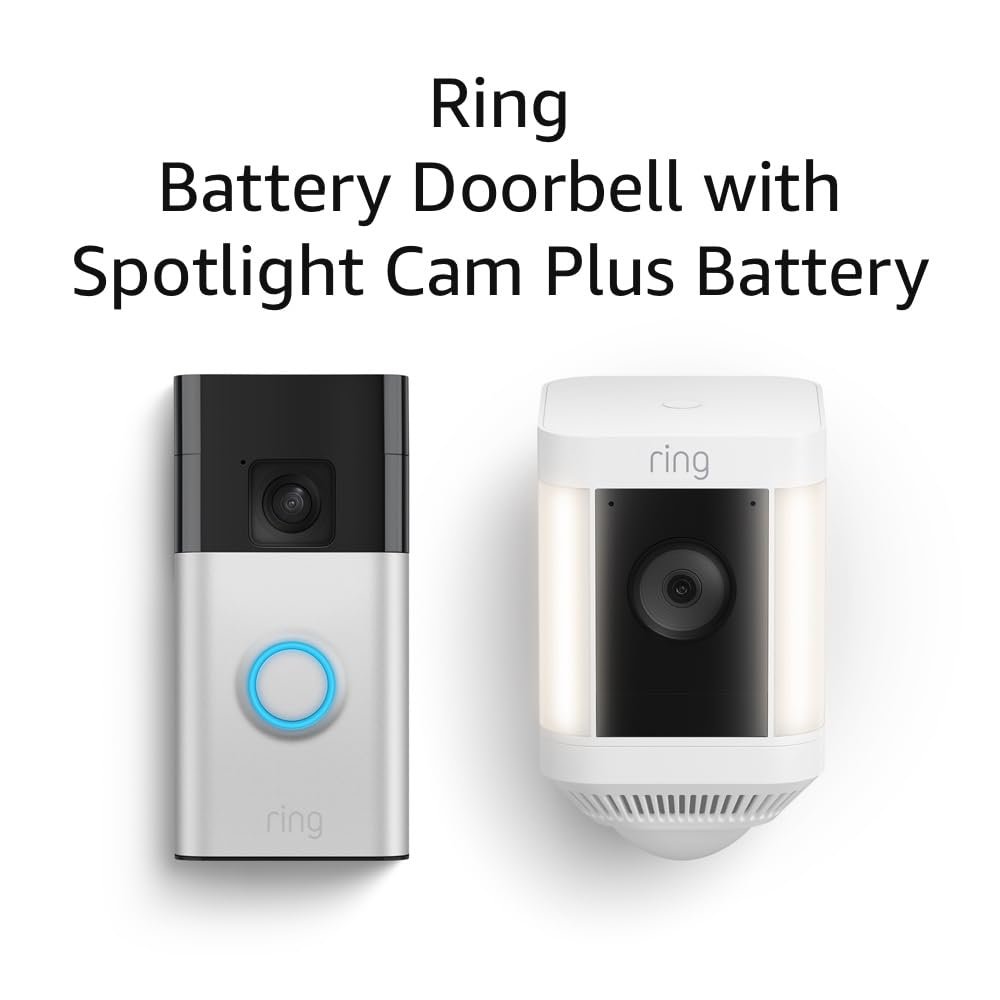Have you ever wondered how your devices at home could seamlessly interact with one another to create a truly integrated and intelligent environment? As our homes become smarter, understanding the technology that powers these innovations can be crucial to making the most out of your smart home journey. With a plethora of options available, finding the right connectivity platform for your smart devices—whether it’s Wi-Fi, Zigbee, or Z-Wave—can transform your home experience.

The Basics of Smart Home Connectivity
Smart home connectivity refers to how various devices in your home communicate with each other and with you. Imagine being able to control your lights, thermostat, and security system, all from your smartphone or voice assistant. Such convenience is made possible by selecting the right connectivity protocol to tie all your devices together.
What Makes a Home ‘Smart’?
A smart home is equipped with network-connected products that allow for automation and remote control. From smart lighting and connected thermostats to security cameras and smart speakers, these devices aim to enhance convenience, security, and energy efficiency. But to achieve this level of connectivity, a robust and compatible communication network is a must.
Wi-Fi: The Ubiquitous Network
Wi-Fi is perhaps the most familiar connectivity option available. Almost every home has a Wi-Fi network, making it an obvious choice for smart home devices.
How Does Wi-Fi Work for Smart Homes?
Wi-Fi enables devices to connect to the internet and communicate with each other via a wireless local area network (WLAN). This is particularly useful for streaming high-bandwidth data like video footage from security cameras or music to a smart speaker.
Advantages of Using Wi-Fi
- Widespread Availability: Most homes already have a Wi-Fi network in place, simplifying the setup process.
- High Data Throughput: Capable of streaming high-quality video and managing multiple devices simultaneously.
- No Additional Hub Required: Unlike some other protocols, Wi-Fi devices do not necessarily need a dedicated hub to operate.
Wi-Fi Limitations
- Power Consumption: Wi-Fi-enabled devices tend to consume more power, which might not be ideal for battery-operated sensors.
- Network Congestion: With many devices connected, network congestion can become an issue.
- Limited Range: Wi-Fi networks have a limited range, which might not cover larger homes effectively.
Zigbee: The Low-Power Mesh Network
For those seeking efficient communication with minimal power consumption, Zigbee offers an attractive option. It is especially popular in home automation due to its reliability and low power needs.
How Does Zigbee Operate?
Zigbee is a wireless technology that uses a mesh networking topology. In this setup, devices (also called nodes) connect with each other to extend network coverage and reliability. This is excellent for battery-operated devices like sensors.
Pros of Zigbee
- Energy Efficient: Consumes less power than Wi-Fi, making it suitable for devices like smart locks and sensors.
- Mesh Networking: Capable of extending range as additional devices are added, thus enhancing network reliability.
- Secure: Zigbee implements robust security protocols to ensure data safety.
Cons of Zigbee
- Requires a Hub: Often requires a Zigbee-compatible hub to connect devices to the internet.
- Interference: Shares frequency bands with Wi-Fi and cordless phones, which could cause interference.
- Lower Data Rate: Not ideal for data-intensive applications like streaming video.
Z-Wave: The Specialist Protocol
Z-Wave is another prominent protocol designed specifically for home automation. It emphasizes reliability and simplicity, making it an appealing choice.
Key Features of Z-Wave
Z-Wave operates in the sub-gigahertz frequency bands, which means it’s less prone to interference compared to Zigbee and Wi-Fi. Like Zigbee, Z-Wave also uses a mesh network, allowing devices to relay signals to one another.
Benefits of Z-Wave
- Interference-Free: Its operating frequency reduces potential interference issues.
- Strong Network Security: Strict security measures are implemented to protect data.
- Excellent Range: Generally offers better range compared to Zigbee, due to its lower frequency.
Z-Wave Drawbacks
- Proprietary Technology: Z-Wave is proprietary, which means only certified manufacturers can produce Z-Wave devices. This can limit hardware choices.
- Cost: Z-Wave devices might be pricier compared to Wi-Fi or Zigbee equivalents.
- Hub Dependency: Most systems still require a Z-Wave hub to communicate with the internet.

Comparative Overview: Wi-Fi vs. Zigbee vs. Z-Wave
To decide which protocol fits your needs, let’s compare the three based on a few important factors:
| Feature | Wi-Fi | Zigbee | Z-Wave |
|---|---|---|---|
| Power Consumption | High | Low | Moderate |
| Range | Moderate | High (With nodes) | High |
| Data Rate | High | Low | Low |
| Network Type | Star | Mesh | Mesh |
| Interference | Potential Issues | Possible Issues | Minimal |
| Hub Requirement | Not Required | Required | Required |
Setting Up Your Smart Home System
Embarking on the journey to create a smart home involves more than just picking the right devices. Proper integration hinges on selecting compatible equipment and strategically planning the network’s layout in your home.
Step-by-Step Guide to a Seamless Smart Home
1. Assess Your Needs
Identify what you want to achieve. Are you looking to automate lighting, enhance security, or control your thermostat remotely? Knowing your goals helps narrow down device choices.
2. Choose the Right Protocol
Depending on your priorities (e.g., power efficiency, range, ease of installation), select a suitable protocol—Wi-Fi, Zigbee, or Z-Wave.
3. Invest in a Good Quality Hub (If Needed)
If opting for Zigbee or Z-Wave, ensure you acquire a reliable hub compatible with the devices you plan to use. This serves as the command center, allowing you to control all devices through one application.
4. Plan Device Placement
Strategically place devices to maximize range and effectiveness. For Wi-Fi, consider areas with the strongest signal strength. Zigbee and Z-Wave benefit from devices being within range of one another to ensure a robust mesh network.
5. Install Devices
Follow manufacturer instructions for each device. For security reasons, always update the software to the latest version before connecting it to your network.
6. Configure Your System
Use the hub’s or a dedicated app to set routines and preferences, ensuring that your system operates as intended. This is also when you can integrate voice control systems like Google Assistant, Amazon Alexa, or Apple HomeKit for enhanced interactivity.
Security and Privacy Considerations
When dealing with any form of connectivity, security and privacy are crucial. It’s essential to ensure that your setup is as secure as possible to protect against potential breaches.
Security Best Practices
- Update Regularly: Always keep your devices updated with the latest firmware to protect against vulnerabilities.
- Network Security: Implement strong network security measures, such as WPA3 encryption and strong passwords, on your Wi-Fi network.
- Device Authentication: Utilize multi-factor authentication where available for added security.
Energy Efficiency and Smart Home Connectivity
One of the compelling aspects of smart home technology is its potential contribution to energy and cost savings. By intelligently managing devices, your smart home system can optimize energy use, leading to sustainability and efficiency.
The Role of Smart Devices in Energy Efficiency
Devices like smart thermostats learn your schedule and adjust the temperature accordingly, while smart lighting systems ensure lights are only on when needed. As a result, these devices help reduce energy waste and promote sustainability in your daily life.
The Future of Smart Home Connectivity
As technology evolves, so does the potential for smarter homes. Future trends include more efficient protocols, enhanced AI-driven automation, and increased device interoperability. Understanding and adopting these trends will help keep your smart home on the cutting edge.
Emerging Technologies to Watch
- Matter: A new smart home protocol promising to unify various ecosystems, improving compatibility.
- AI Enhancements: Machine learning will drive predictive behavior, creating homes that respond proactively.
- 5G Networks: With their low latency, smart homes will become even more responsive and interconnected.
Is a Smart Home Right for You?
Considering the investment, it’s worth reflecting on whether a smart home setup aligns with your lifestyle and needs. For those who value convenience, energy savings, and enhanced security, a smart home certainly offers a lot. However, it’s important to weigh the initial costs against the long-term benefits.
Evaluating ROI
Initial costs may be daunting, but potential savings on utilities, increase in property value, and quality of life improvements could offer a significant return on investment over time.
Conclusion
Whether you’re a first-time buyer curious about smart home benefits, a tech enthusiast, or simply looking to make your daily life more convenient and efficient, understanding Wi-Fi, Zigbee, and Z-Wave will help you make informed decisions about your smart home ecosystem. As these technologies continue to evolve, they promise to provide even more ways to create a home environment that is secure, flexible, and effortlessly smart. Consider your needs, ensure compatibility, and your journey into smart home living will be both rewarding and innovative.




